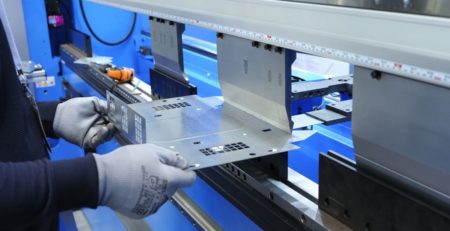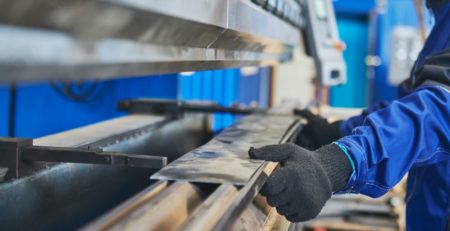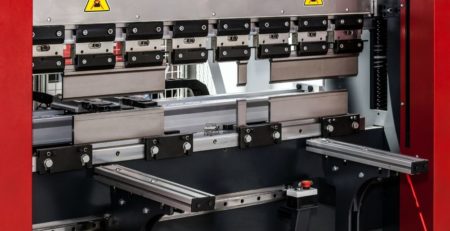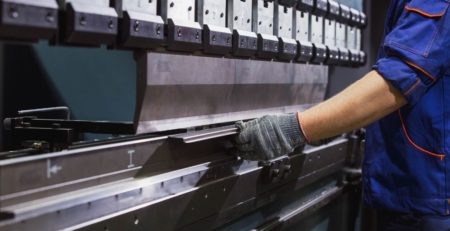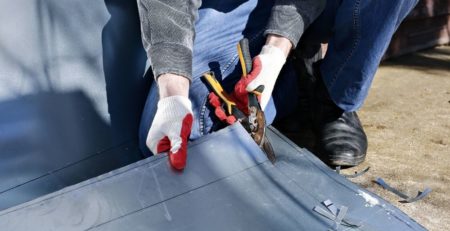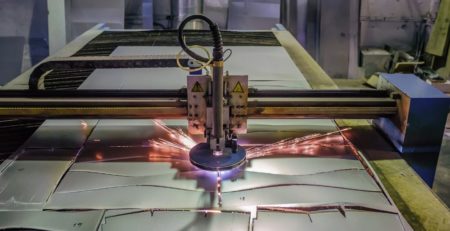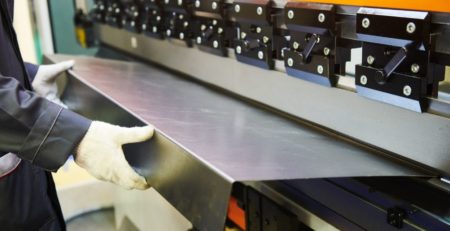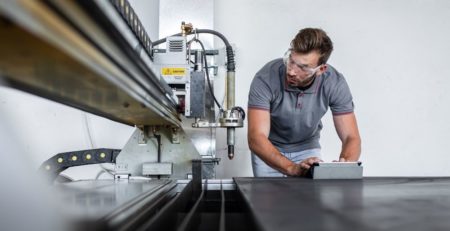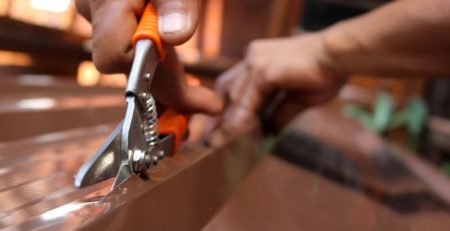Tips for Reducing Energy Waste in Manufacturing
All businesses benefit from energy efficiency. Sustainable practices reduce costs and boost brand value among consumers and clients. Energy conservation and reducing carbon emissions are global imperatives. Sustainability is not only best for business, but it’s also necessary for our survival on a warming planet.
According to the US Energy Information Administration (EIA), industry accounts for 36 percent of US energy use, and manufacturing concerns accounted for 81 percent of industrial energy consumption in 2021. Reducing energy waste in manufacturing could therefore significantly impact carbon emissions for the nation and the world.
Identify and Reduce Compressor Leaks
Specialized monitoring equipment can help manufacturing plants identify and remediate air compressor leaks. When an air compressor leaks, it consumes more energy to produce the desired pressure to operate machinery or deliver pressurization to target environments. Finding and eliminating compressor leaks is a great way to reduce energy waste in manufacturing.
Maintain Equipment
Monitoring equipment can also detect when machinery is overusing energy. Poorly maintained machines may overheat due to dirty or old lubricating fluids, misalignments, or worn parts. Regular inspection and preventative maintenance are essential to reducing wasted energy.
Recapture Heat
Technology has long existed to recapture heat from waste gases and hot waste solids using heat exchange and conversion systems. Manufacturing can convert waste heat into energy and recycle it in their plant or distribute it to the electrical grid.
Convert to Sustainable Energy Sources
Many manufacturing businesses already claim that their products are made in carbon-neutral ways or that their manufacturing facilities are partially or entirely powered by renewable sources. Wind, solar, geothermal, and biomass sources are renewable energy options. Working with the utility company that provides energy to the plant can result in synergies that enhance the use of renewables with low carbon emissions for energy production and use.
Look Everywhere
While large machinery may consume most of the energy a manufacturing plant uses, there are numerous other areas where using energy-efficient equipment can help reduce energy waste:
- Lighting: use LED lighting wherever possible, and put lights on timers so they’re only on when needed.
- Computers and servers: make sure employees power down computers when not in use.
- Water: conserving water means your wastewater treatment plants have less to process and use less energy. Remove plastic water bottles from your plant. Encourage reusables.
- Change air filters regularly: dirty air filters in HVAC systems make machines work harder, using more energy.
- Switch to energy-efficient appliances: the breakroom dishwashers and refrigerators consume a lot of electricity. Convert to Energy Star appliances. Manufacturers can do the same for laundry facilities in their plants.
Use Regenerative Technology
Many machines used in manufacturing can use regenerative technology to capture and return energy to the power train. This is similar to how hybrid automobiles use regenerative braking to capture energy by reversing the car’s electric motors.
You can stagger machinery usage so that the regenerative energy of a decelerating machine returns power to accelerate another.
Insulate
If you live in a cold climate, you know the value of an extra layer of insulation in your attic. The same is true on a larger scale for manufacturing facilities. Bring in a professional team to conduct an energy audit. These teams can identify inefficiencies throughout the plant, including where and how you are losing heat in the winter and air conditioning in the summer.
Many manufacturing facilities have miles of tubing and pipes that carry gases, water, industrial coolants, or fuel from one area of the plant to another. These pipes may also require insulation that can reduce wasted heat and cooling costs.
Replace old tubing or pipes that show signs of wear or corrosion. New tube laser cutting machines can produce tubes and piping with extremely accurate dimensions and cuts. These new tubes and pipes can be welded to fit tightly, reducing energy waste.
Adopting passive solar architecture can save on energy costs, with strategically placed windows and shade trees, as well as window coverings to keep heat out in the summer. Upgrading the HVAC system will also pay off with lower energy use and costs.
Run During Off-Peak Hours
Manufacturers can schedule machinery to run during periods of lower energy consumption. This will often result in a discount from electric utility companies.
Machines that are idle at full power waste a lot of energy. Where possible, manufacturers should put machines on a schedule that takes them offline when they’re not needed.
Watch the Doors
In moderate weather, opening doors and windows (as much as security allows) can moderate temperatures and reduce the need for air conditioning. However, during a heat wave, when air conditioning is essential, or you must keep equipment cool for proper operation, open doors and windows waste a lot of the cold air the HVAC system produces.
In winter, a door that takes an extra several seconds to close can allow a lot of heat to escape. Within safety parameters, manufacturers can take steps to reduce the time necessary to close a loading dock door and install newer doors with better seals to separate parts of the plant that must be temperature controlled.
Choose Partners Wisely
Working with suppliers and manufacturing partners that are also committed to reducing energy waste will multiply efforts to produce goods more sustainably. When selecting machinery, materials, and fuels, inquire about the supplier’s sustainability practices.
Many times, these companies can help their customers reduce energy waste by suggesting better waste management, efficient ways to use equipment and materials, and partnerships with recycling.
Reducing energy waste in manufacturing is a team effort that requires employee buy-in and like-minded partners. Working with energy suppliers and equipment maintenance service providers can yield impressive energy savings.
You can conserve energy in manufacturing by reducing water usage, using timed machinery and lighting, recycling, and replacing energy-wasting machines and appliances with newer, more efficient ones. The waste that manufacturing operations generates also consumes energy in the downstream management of that waste. This can spur companies to enlist employees in an organization-wide effort to reduce waste and energy use.
Employees can eliminate single-use plastic, power down equipment (including computers) when not in use, switch to reusable cups and utensils, and recycle to reduce energy waste. These efforts, combined with corporate initiatives to upgrade equipment and invest in monitoring systems, can positively impact energy consumption in the plant and in the broader manufacturing community.




